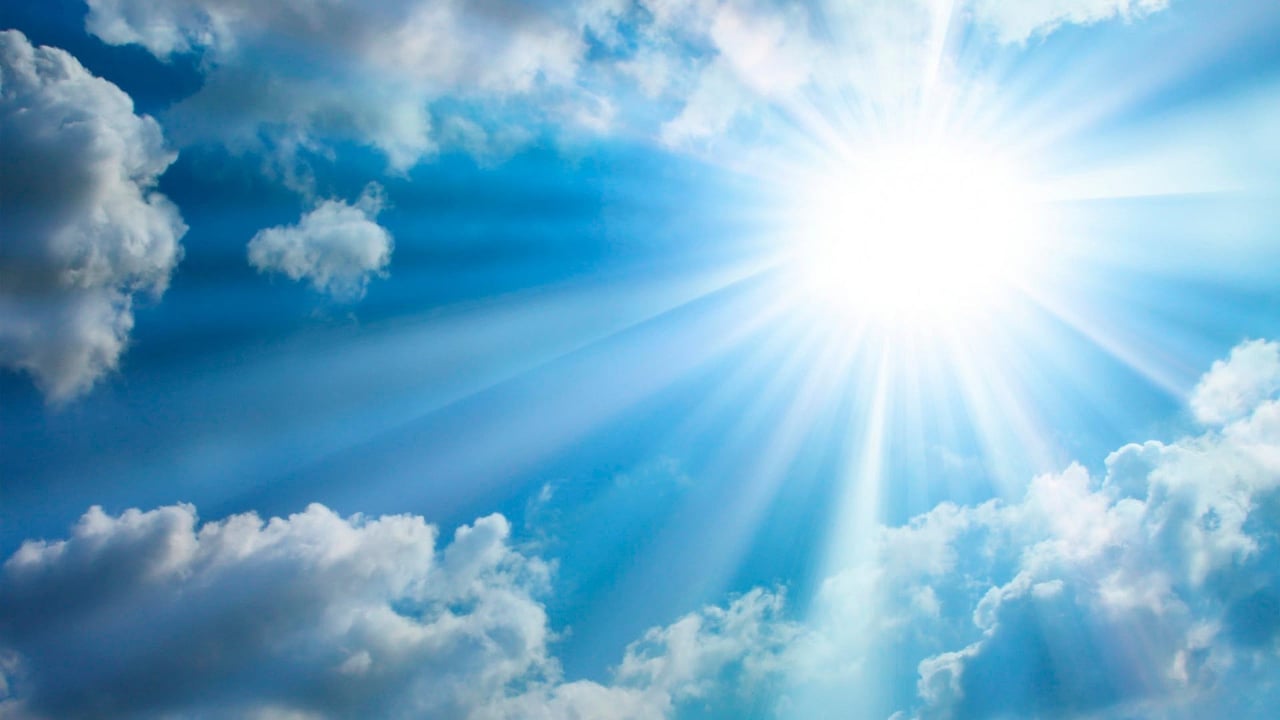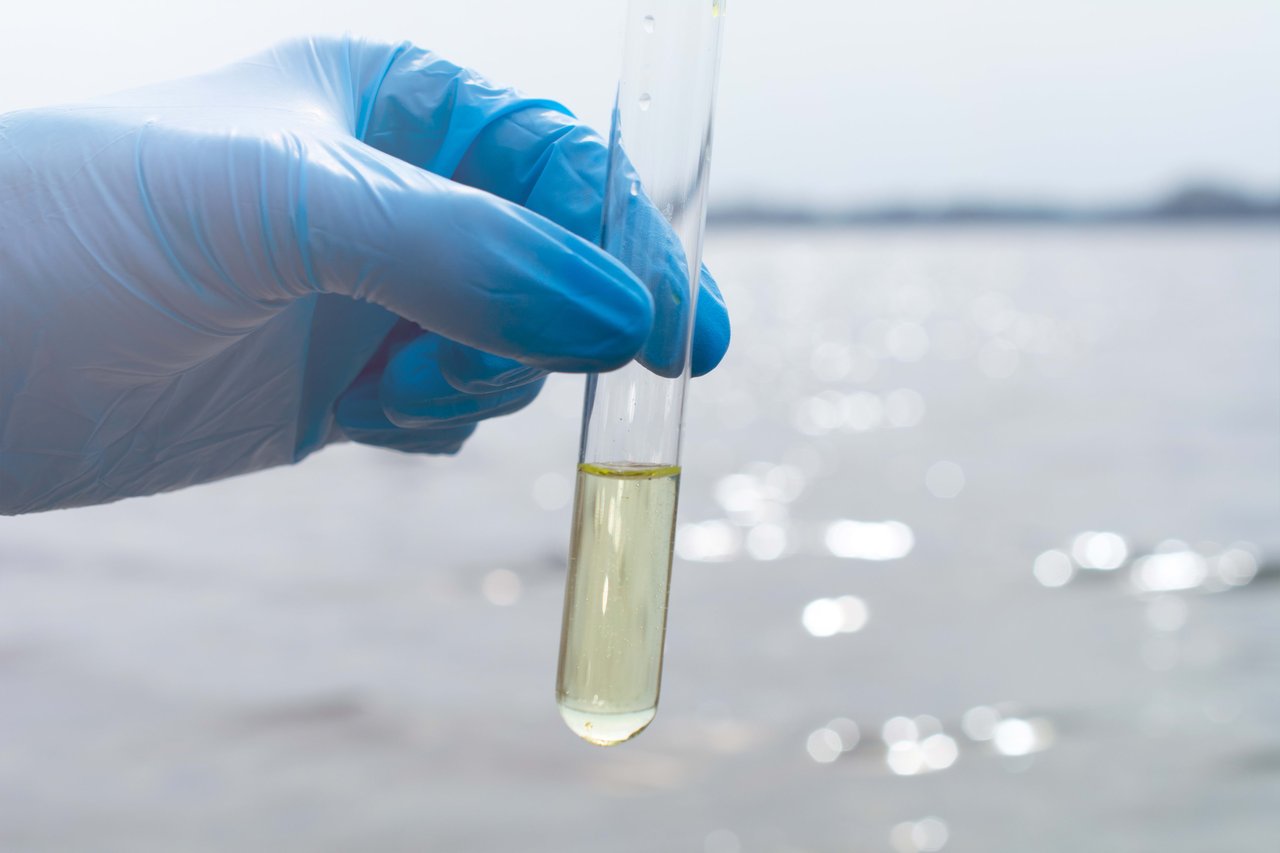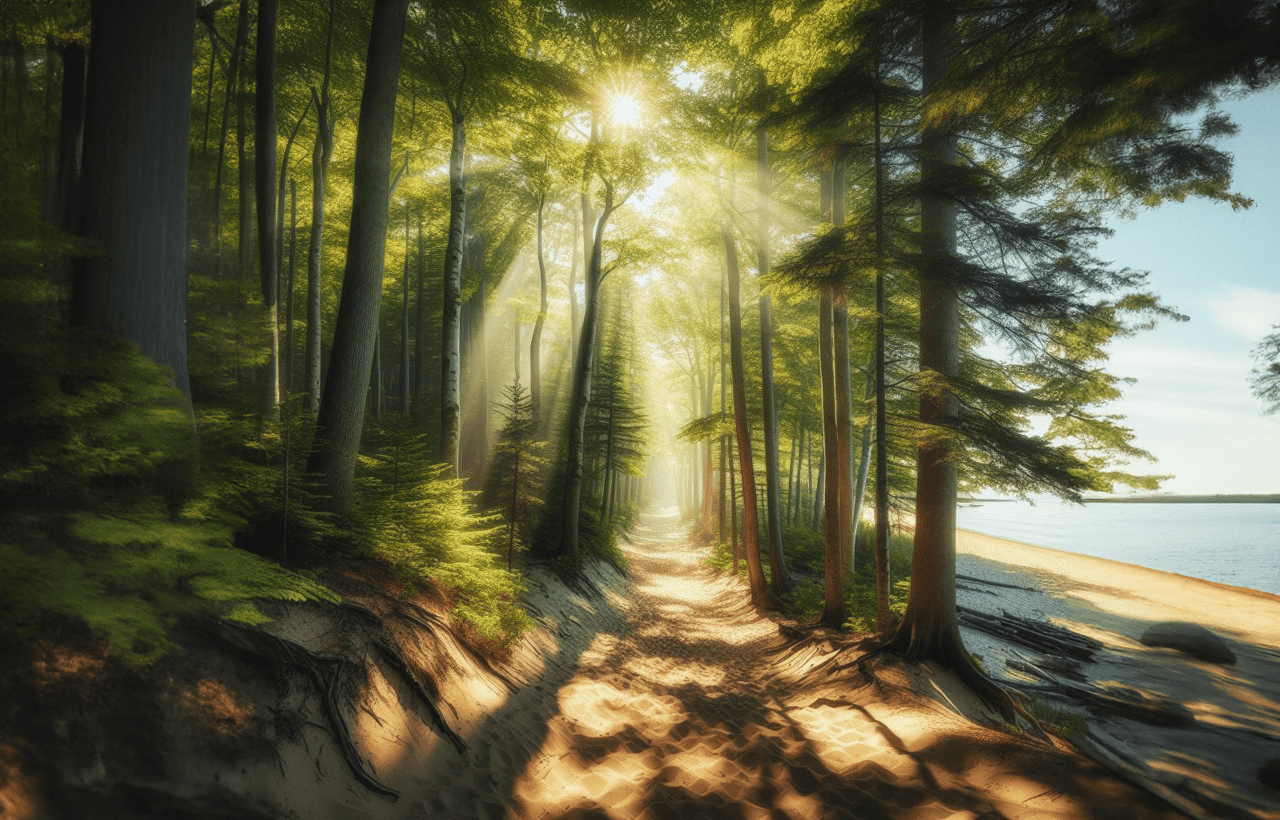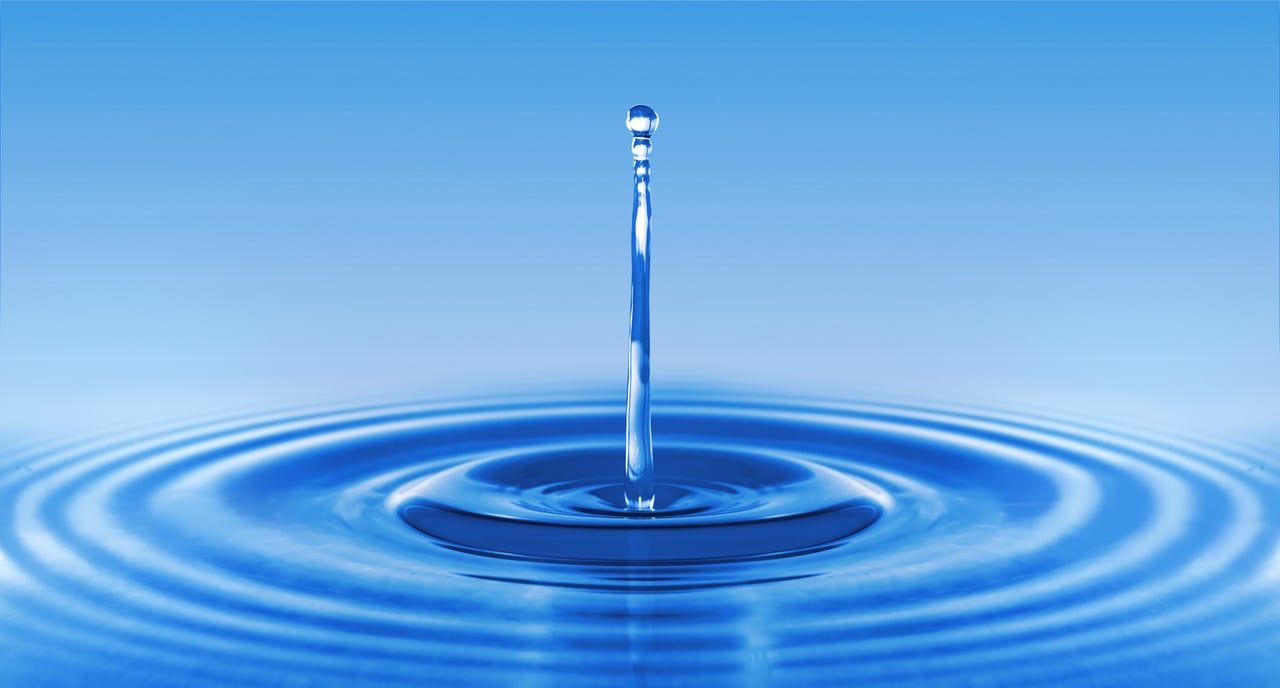Protecting The Ozone Layer
Over forty years ago, scientists warned that a hole in the layer of ozone surrounding the earth could have serious effects on human health and the environment. This problem is being solved thanks to a global agreement to stop using ozone-depleting chemicals that damage the ozone layer.
What is ozone?
Ozone is a molecule composed of three oxygen atoms and it is present in a gaseous form in the atmosphere, specifically located in and extended throughout the stratosphere. This layer protects the earth from the ultraviolet B radiation emitted by the sun. These ultraviolet radiations of the sun cause skin cancer and crop failure. Hence for the survival of life on earth, the ozone layer is essential. Since this layer acts as a protective cover, there are concerns surrounding the depletion of the ozone layer.
Does protecting the ozone layer also protect our climate?
The reduction in ozone-depleting substances has also had beneficial side-effect. Ozone-depleting substances are also very potent climate-changing greenhouse gases, contributing to the phenomenon as other substances widely known to have a greenhouse effect like carbon dioxide, methane, and nitrous oxide. Therefore, by reducing emissions of ozone-depleting substances, the Montreal Protocol has protected both the ozone layer and the climate at the same time.
What is the hole in the ozone layer?
It is a hole that allows the entry of large amounts of ultraviolet light and it is located at the poles, on the Antarctic continent and the Arctic Ocean, being especially large during the spring of both hemispheres and resulting in longer summer seasons.
Why is the hole in the ozone layer harmful?
Although this hole is due to the natural fluctuations of ozone in the atmosphere, it is also caused by human activities which emit gases that end up in the stratosphere and degrade the ozone molecules, increasing the size and effect of this hole in the ozone layer. This is an environmental and health problem since the excess of solar radiation is a threat to any form of life.
How can we protect the ozone layer?
Avoid the consumption of gases dangerous to the ozone layer, due to their content or manufacturing process.
Some of the most dangerous gases are CFCs (chlorofluorocarbons), halogenated hydrocarbon, methyl bromide, and nitrous oxide.
Minimize the use of gas-powered cars. The best transportation option is mass transit, bicycling, or walking. If you use a car to a destination, try to carpool with others to decrease the use of cars in order to pollute less carbon-based gases.
Do not use cleaning products that are harmful to the environment and to us. Many cleaning products contain solvents and corrosive substances, but you can replace these dangerous substances with non-toxic products such as vinegar or bicarbonate.
Avoid using pesticides. Pesticides may be an easy solution for getting rid of weeds but they are harmful to the ozone layer. The best solution for this would be to try using natural remedies, rather than heading out for pesticides.
Maintain Air Conditioners
Malfunctioning A/C can cause CFC to escape into the atmosphere. Chlorofluorocarbons (CFCs) are nontoxic, nonflammable chemicals containing atoms of carbon, chlorine, and fluorine. They are used in the manufacture of aerosol sprays, blowing agents for foams and packing materials, as solvents, and as refrigerants. Whereas CFCs are safe to use in most applications and are inert in the lower atmosphere, they do undergo significant reactions in the upper atmosphere or stratosphere. Ozone is a trace gas located primarily in the stratosphere (see ozone). Ozone absorbs harmful ultraviolet radiation in the wavelengths between 280 and 320 nm of the UV-B band which can cause biological damage in plants and animals. A loss of stratospheric ozone results in more harmful UV-B radiation reaching the Earth's surface. Chlorine released from CFCs destroys ozone in catalytic reactions where 100,000 molecules of ozone can be destroyed per chlorine atom.
Buy Local Products
In this way, you not only get fresh products but you avoid consuming food that has traveled long distances. The more distance traveled, the more nitrous oxide is produced due to the medium used to transport that product.
World Ozone Day
In 1994, the United Nations General Assembly proclaimed September 16th the International Day for the Preservation of the Ozone Layer, commemorating the date of the signing, in 1987, of the Montreal Protocol on Substances that Deplete the Ozone Layer (resolution 49/114).




